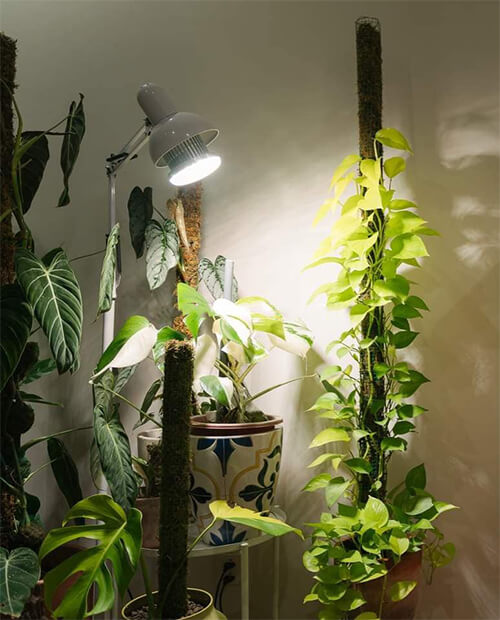
Regardless of the weather or season, ensuring your indoor plants receive adequate light is crucial for their health and growth. While natural sunlight is the ideal source, its availability fluctuates with seasons and weather conditions.
That’s where grow lights come in – they are essential, not just as a winter remedy, but as a year-round solution for consistent, optimal plant growth, for both soil or semi-hydroponic plants.
Whether it’s the dim light of winter, the varying intensities of spring and autumn, or even supplementing summer light, grow lights provide the necessary illumination to keep your plants thriving.
This guide delves into the significance of grow lights in maintaining the vitality of your indoor garden in any weather or condition.
Summary
TL;DR: Grow Light Guide for Houseplants & Semi-Hydro
- Choosing Grow Lights: Opt for full-spectrum LED grow lights for overall plant health. Spotlights are great for individual plants, while light strips suit multiple plants. High-intensity commercial lights are ideal for herbs.
- Types of Grow Lights:
- Incandescent: Common but not energy-efficient or plant-friendly.
- Fluorescent: Energy-efficient, good for plant growth, but fragile.
- LED: Versatile, energy-efficient, and emit minimal heat. Best for varying plant needs.
- Using Grow Lights: Set them on a timer for consistent lighting. Duration depends on your goals – 12-16 hours for growth, fewer hours for supplemental light.
- Grow Lights for Semi-Hydroponics:
- Intensity & Spectrum: Balance light intensity; choose the right spectrum (blue for growth, red for flowering, full-spectrum for overall health).
- Placement & Distance: Adjust based on light intensity and plant growth. Evenly distribute light across all plants.
- Water & Nutrient Uptake: Higher light intensity increases water and nutrient use. Monitor and adjust nutrient solutions accordingly.
- Mimicking Natural Sunlight: Replicate natural light cycles and intensity. Adjust lighting to simulate different times of the day.
- Distance Between Plants and Grow Lights: Start with a 3-4 feet distance and adjust based on growth. Choose bulbs close to sunlight color temperature.
- Grow Lights All Year Round: Essential for consistent plant growth, regardless of natural light conditions. Adaptable to all seasons and weather.
Why Grow Lights are must-have for all Plant Parents
Grow lights serve two primary purposes: They provide additional lighting and can act as the main light source for indoor plants.
Using grow lights as supplementary lighting is common when certain areas don’t receive adequate light, or to prolong the light exposure for your plants. This is particularly useful in the fall and winter, when daylight hours are substantially reduced.
To help your houseplants survive the winter and avoid dormancy, many people turn on grow lights for about 3-4 hours each evening after sunset.
Then there are those, like myself, who depend entirely on grow lights for their indoor plants’ light needs. My plant room, with its single, small window obscured by a large tree, gets very little natural light. This amount is insufficient for my houseplants’ growth.
Realizing this, I invested in grow lights, and now my indoor plants flourish under various types of grow lights.
Exploring Various Types of Grow Lights for Indoor Plants
Understanding the different kinds of grow lights available is crucial for nurturing your houseplants effectively. Here’s a breakdown of the most common types:
SANSI Grow Light Bulb 36W LED Full Spectrum
- 4000K DAYLIGHT: Mimics natural sunlight for optimal plant growth.
- EFFICIENT DESIGN: High PPF and PPFD with extended bulb life.
- PATENTED TECHNOLOGY: SANSI’s COC tech for efficiency and reliability.
- SAFE & CERTIFIED: Flame-retardant, corrosion-resistant, and ETL listed with a 5-year warranty.
LED Lights
LED grow lights consist of small diodes, each emitting light. Available in various shapes and sizes, they are excellent for indoor plant growth due to their negligible heat emission.
LED grow lights can emit red light, enhancing flowering, blue light, which supports vegetative growth, or a full spectrum light, typically a yellow/white light that promotes overall plant growth.
LED lights are increasingly favored for their versatility and energy efficiency and currently the best choice you could find on the market.
White LED Grow Light Full Spectrum with Timer
- 6000K White Light: Provides full-spectrum sunlight-like illumination for indoor plants.
- High CRI & Flicker-Free: Boasts a high color rendering index (CRI) of 95 and offers a gentle, flicker-free light, making it great for reading.
- Timer Function: Offers 4Hrs, 8Hrs, or 12Hrs timer options for convenient plant lighting control.
- Easy Installation: Features a flexible gooseneck and a sturdy clamp for adjustable positioning. Can be powered via USB or AC.
- Energy Efficient: Consumes only 10 watts of power, equivalent to a 50W Halogen Bulb. Costs roughly $2 in monthly electricity (12 hours a day).
- Warranty: Backed by a 365-day worry-free warranty and 24-hour customer service for peace of mind.
Fluorescent Bulbs
Fluorescent grow lights, typically available as tubes, are a more energy-efficient option. They offer a beneficial light spectrum that supports plant growth and emit minimal heat, making them safe for close proximity to plants.
While fluorescent bulbs are a more costly investment and can be more fragile than LED lights, they are a popular choice for plant enthusiasts.
Incandescent Growlight Plant Bulb
- 6000K White Light: Provides full-spectrum sunlight-like illumination for indoor plants.
- High CRI & Flicker-Free: Boasts a high color rendering index (CRI) of 95 and offers a gentle, flicker-free light, making it great for reading.
- Timer Function: Offers 4Hrs, 8Hrs, or 12Hrs timer options for convenient plant lighting control.
- Easy Installation: Features a flexible gooseneck and a sturdy clamp for adjustable positioning. Can be powered via USB or AC.
- Energy Efficient: Consumes only 10 watts of power, equivalent to a 50W Halogen Bulb. Costs roughly $2 in monthly electricity (12 hours a day).
- Warranty: Backed by a 365-day worry-free warranty and 24-hour customer service for peace of mind.
Incandescent Lights
These are the everyday light bulbs found in hardware stores. However, they’re not a good choice for grow lights and their light spectrum are not optimized for growing plants.
Incandescent bulbs generate a lot of heat, posing a risk of scorching your plant’s leaves. They’re also not energy-efficient, a significant downside when you need the lights on for several hours daily.
Additionally, they are prone to easy breakage.

Readmore: Monios T8 or Barrina T5 Grow Lights
Selecting the Right Grow Light for Your Indoor Plants
Choosing the appropriate grow light for your indoor plants is essential. I suggest opting for full-spectrum, LED grow lights.
Don’t stress too much about the specific colors like blue or red; indoor plants generally flourish under any full-spectrum bulb.
For targeting a few plants with extra light, consider a spotlight-type grow light. This could be a single LED bulb resembling traditional bulbs. You can incorporate these LED bulbs into a lamp, hang them in light fixtures, or opt for pendant-style grow lights available online.
To illuminate an area with multiple plants, grow light strips or several pendant-style grow bulbs are effective. For more intense lighting, suitable for growing herbs, commercial grower-type lights are ideal.
These emit a lot of light and heat but are perfect for high-light plants.
How to Use Grow Lights for Indoor Plants
Once you’ve chosen and set up your grow light, it’s a must to connect it to a timer. This could be an affordable Bluetooth timer from online stores or any other type of self-timer.
Timers ensure consistent light exposure daily, promoting healthy foliage growth and relieving you from the task of manually operating the lights.
Smart Timer Plug
- Control Appliances Remotely: Use the Smart Life APP to control your home appliances from anywhere, ensuring they’re not left on when you’re away.
- Voice Commands: Compatible with Alexa and Google Assistant for hands-free control of your electrical devices.
- Quick Setup: Set up in under two minutes with a stable network connection thanks to an upgraded chip.
- Additional Features: Enjoy timer scheduling, scene creation, group control, and device sharing options.
The duration for which to leave grow lights on varies with your goals. For steady foliage growth, aim for 12-16 hours. If the grow lights are supplementary, especially in winter, a few hours post-sunset is sufficient.
I prefer to have my grow lights simulate natural sunlight. In winter, they’re on a bit longer, but I significantly reduce the duration otherwise.
While some worry about plant dormancy, I’ve found that plants often return stronger in spring after a brief rest period.

Optimal Distance Between Plants and Grow Lights
The appropriate distance between your plants and grow lights depends on the light type and intensity.
To avoid foliage burn, start with a distance of about 2-3 feet, then gradually reduce it if you don’t observe new growth.
Choose bulbs with a color temperature close to sunlight for the best results.
Intensity and Spectrum of Grow Lights for Semi-Hydroponic Systems
When it comes to semi-hydroponic systems, understanding the importance of light intensity and spectrum is crucial. Plants in semi-hydroponic setups often require specific lighting conditions to thrive, as their roots are exposed to a nutrient solution rather than soil.
Here’s what you need to know:
Light Intensity
In semi-hydroponics, light intensity plays a pivotal role in plant health. High-intensity light can encourage vigorous growth and is particularly beneficial for flowering and fruit-bearing plants.
However, it’s essential to balance intensity; too much can lead to issues like algae growth in the nutrient solution or stress on the plants.
Light Spectrum
- Blue Light: This spectrum is crucial for promoting strong, healthy vegetative growth. It’s especially beneficial in the early stages of a plant’s life cycle or for leafy greens. In semi-hydro setups, where root and leaf development is vital, blue light helps in fostering robust growth.
- Red Light: Ideal for the flowering and fruiting stages of a plant’s life. In semi-hydroponic systems, red light can stimulate better flowering and can be particularly effective for plants like tomatoes or ornamental flowers.
- Full-Spectrum Lights: These are generally the best all-around choice for semi-hydroponics. They mimic natural sunlight and provide a balanced light spectrum, supporting a plant through all stages of growth.
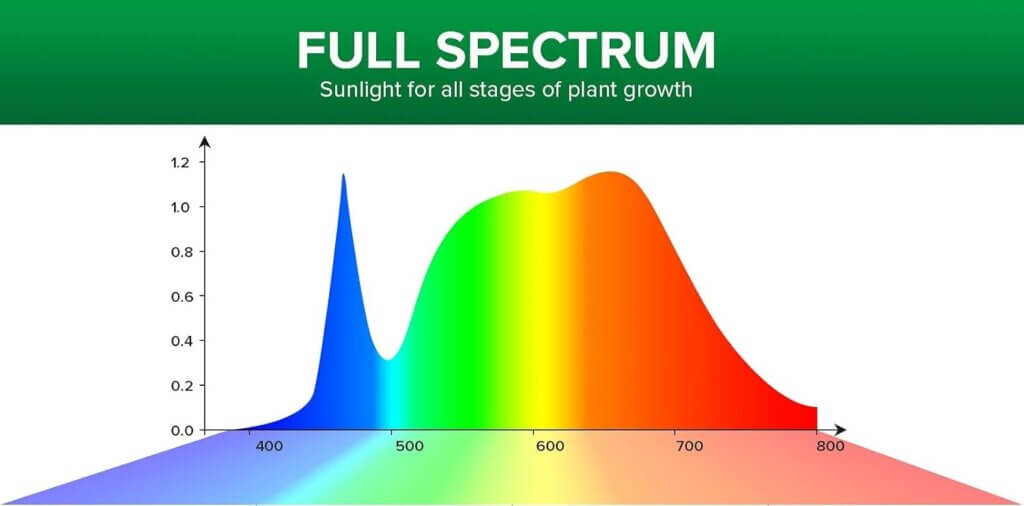
Considerations for Semi-Hydroponics
The clarity and water level in semi-hydroponic systems can influence how light is absorbed by plants. Clear containers may require adjustments in light intensity or duration to prevent issues like algae growth.
Remember, the goal is to mimic natural light conditions as closely as possible to create an ideal growing environment.
In summary, for semi-hydroponic systems, selecting the right light intensity and spectrum is essential. It’s not just about providing light; it’s about creating an environment that simulates natural growth conditions, fostering healthy plant development throughout various growth stages.



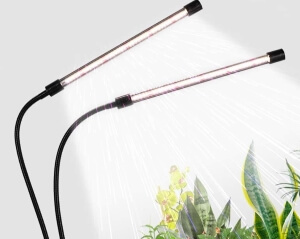
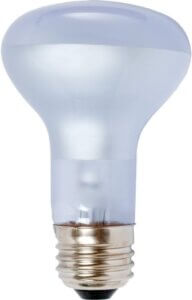
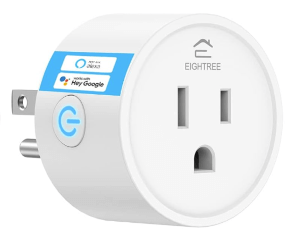

I have an LED spotlight that has three color modes. The manual isn’t clear as to which setting is red, blue or green (full-spectrum?). When I cycle through the options, one setting emits a magenta-hued light (presumably the red spectrum), and the others are variations on white. Can you share photos of what each looks like?
Hi,
That’s weird. Can you share the product name?
Normally, if your light is full-spectrum, it will be either white or yellow light.
My grow lights are all full-spectrum and they look like exact the photos in the article above.